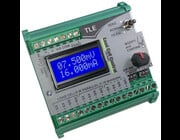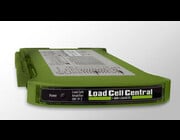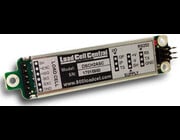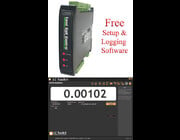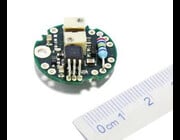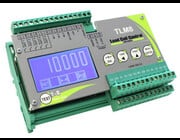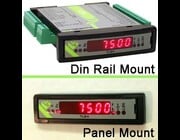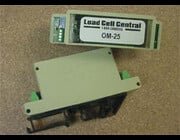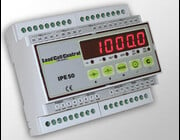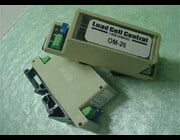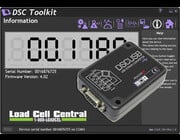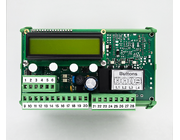Load Cell Amplifiers
When a digital display is not required, a Load Cell Central signal conditioner is just the thing for your system. Our load cell amplifiers work great in applications where the weighing system is controlled by a computer or PLC. Once supplied with the appropriate power, these devices provide a regulated excitation voltage to the load cells, and convert a small mV signal into more common signals like 0-10VDC, +/-10VDC, 4-20mA, RS232, RS485, and USB. Our wide range of load cell signal conditioners / load cell amplifiers offer a variety of accuracy and frequency response levels.
Our signal conditioners work great in batch weighing, process control, check weighing, and OEM systems. With our 24/7 technical support, you can eliminate down time and ensure you meet deadlines and quotas.
Load Cell Amplifier & Signal Conditioner
Function of a Signal Conditioner
The function of a signal conditioner is to pick up the signal from the load cell and convert it into a higher level of an electrical signal. Signal conversion is often used by industrial applications, especially those that use a wide range of sensors to perform measurements. The output signals need to be converted to be usable for the instruments they are connected to. Through the use of a signal conditioner, any sensor signal can be converted to any standard process signal.
Linearization
When the signal produced by a load cell does not have a straight-line relationship with the physical measurement, certain signal conditioners can perform linearization. The nonlinear output is interpreted by the signal conditioner and translated to the data acquisition device as a linear signal.
Amplification
Amplification is the process of increasing the signal for processing or digitization. An ADC has a particular dynamic range it is necessary to adjust the amplitude of the received signal to efficiently utilize the available dynamic range of the ADC. There are two ways that signal amplification can be performed; by increasing the resolution of the input signal, or by increasing the signal-to-noise ratio.
Attenuation
Attenuation, the opposite of amplification, is necessary when voltages to be digitized are beyond the ADC range. This form of signal conditioning decreases the input signal amplitude so that the conditioned signal is within the ADC range. Attenuation is typically necessary when measuring voltages that are more than 10 V.
Excitation
Excitation is required for strain gauge load cells which require external voltage or current excitation. Measurements are usually made with a current source that converts the variation in resistance to a measurable voltage. Strain gages, which are very-low-resistance devices, typically are used in a Wheatstone bridge configuration with a voltage excitation source.
Filtering
Another important function of a signal conditioner is filtering, and this is where the signal frequency spectrum is filtered to reject any noise within a certain frequency range. A digital filter is a mathematical filter used to manipulate a signal, such as blocking or passing a particular frequency range.
Frequently Asked Questions
The function of a signal conditioner is to convert the signal from a load cell into a more suitable electrical signal. In order to work in a system, the output signal from the load cells needs to be converted in order to be usable by the instruments they are connected to. Use of a signal conditioner enables load cell communication with a wider range of displays, PLCs, and PCs.
How do I choose the right signal conditioner?
Choosing a signal conditioner depends on the load cell’s output signal, the type and strength of signal needed by the device receiving the signal, and the specific needs of the application.
